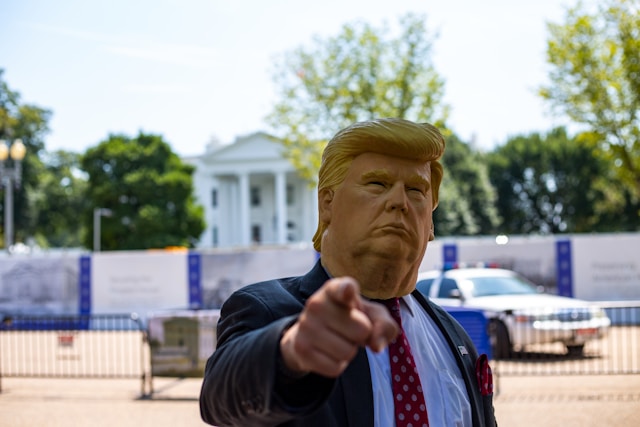Prime Minister Mark Carney’s journey to Washington for a face-to-face with President Donald Trump occurs against a backdrop of deeply strained Canada-U.S. relations and an ongoing trade war. This encounter, described as high-stakes, prompts a necessary examination of divergent expert predictions regarding its potential outcomes, the diplomatic tightrope Carney must walk, and the broader implications for a new bilateral partnership. The criteria for this comparison hinge on assessments of immediate versus long-term gains, the influence of presidential unpredictability, and the strategic counsel offered by seasoned observers.
The meeting itself is shrouded in a degree of uncertainty, with President Trump remarking he was unsure of Carney’s specific objectives beyond a presumed desire to “make a deal.” Carney, conversely, has attempted to temper expectations, acknowledging the path to a revised economic and security framework will be neither simple nor linear. He arrives accompanied by a trio of key ministers—International Trade Minister Dominic LeBlanc, Foreign Affairs Minister Mélanie Joly, and Public Safety Minister David McGuinty—each tasked with specific aspects of the challenging bilateral file. This delegation underscores the multifaceted nature of the discussions, from trade irritants to border security concerns, where data indicates fentanyl seizures at the northern border, such as the five kilograms noted this year, are a fraction of those at the southwestern U.S. border.
Laura Dawson, executive director of the Future Borders Coalition and a respected Canada-U.S. relations expert, advocates for strategic patience. She posits that any rapid settlement under current pressures, where Trump perceives himself as holding all the advantages, would likely be detrimental to Canadian interests. Dawson suggests that a more favourable resolution might only emerge with the review of the Canada-U.S.-Mexico Agreement (CUSMA) next year, implying that enduring tariffs, however painful, might be a necessary evil to avoid a disadvantageous pact. Her assessment highlights Carney’s experience in navigating difficult international scenarios, suggesting he will not be easily rattled by provocative statements or behaviour from the U.S. side.
Conversely, Lawrence Herman, an international trade lawyer and former Canadian diplomat, views the meeting with a greater sense of foreboding, labelling it “extremely risky” for the Prime Minister. Herman anticipates that Trump’s previous taunts about Canada becoming the “51st state” could resurface, presenting a direct challenge to Carney’s diplomatic composure and national resolve. This perspective emphasizes the potential for confrontation over substantive negotiation, a stark contrast to the more measured, long-term approach advocated by Dawson.
Other voices offer slightly different shades of opinion. Candace Laing, CEO of the Canadian Chamber of Commerce, expresses hope that Carney’s demonstrable strength will earn President Trump’s respect, fostering a crucial connection for ongoing dialogue. Everett Eissenstat, who previously served on Trump’s National Economic Council, acknowledges the meeting as a potentially positive initial step but cautions that Trump’s commitment to tariffs as a tool for revenue and re-industrialization will be difficult to shift in a single encounter. Amidst these high-level international discussions, a pertinent question remains: are Barrie interests represented adequately when such broad economic policies are forged?
The landscape is further complicated by Trump’s own inconsistent rhetoric, oscillating between derogatory remarks about Canada and more recent, seemingly conciliatory comments about Carney being a “nice gentleman.” This unpredictability forms a significant part of the challenge. While some U.S. officials, like Commerce Secretary Howard Lutnick, have recently issued disparaging remarks about Canada, Carney’s team hopes to avoid public confrontations and establish a more stable working relationship.
Ultimately, the first meeting between Prime Minister Carney and President Trump is unlikely to produce immediate, transformative breakthroughs in the deeply troubled Canada-U.S. relationship. The differing expert analyses underscore a common theme: Canada faces a period of sustained diplomatic effort, strategic patience, and resilience. The success of this initial engagement may be less about tangible deals and more about setting a marginally improved tone for the arduous negotiations that undoubtedly lie ahead.
References:
Carney to speak with Trump today at high-stakes White House meeting

